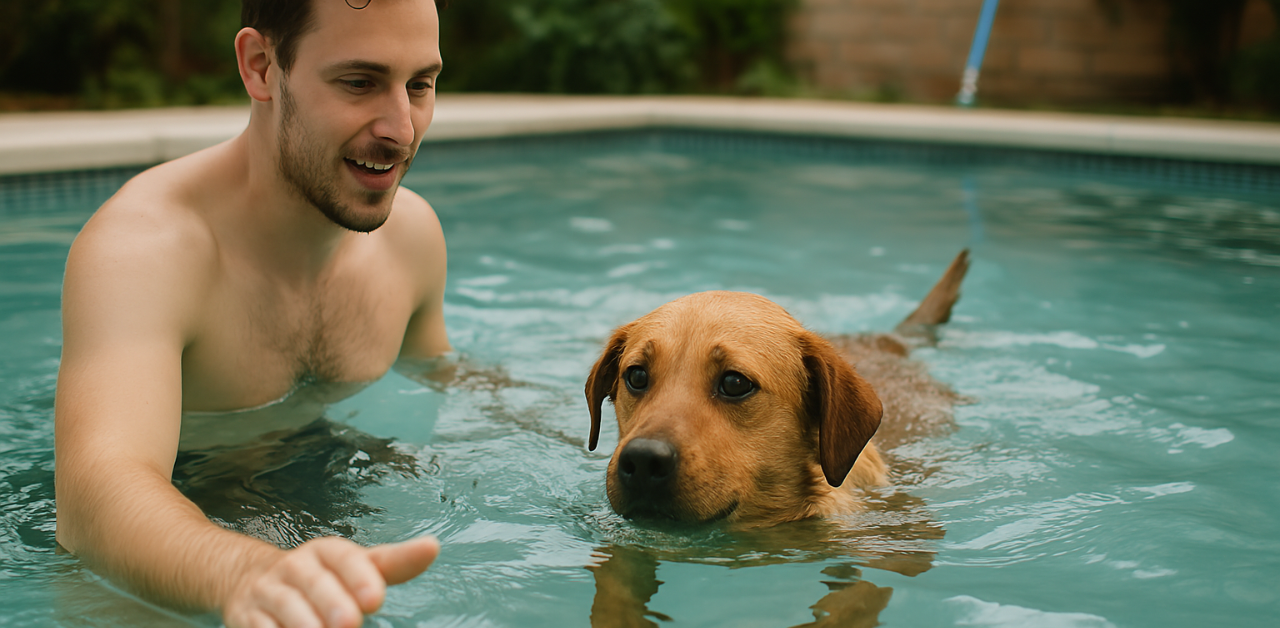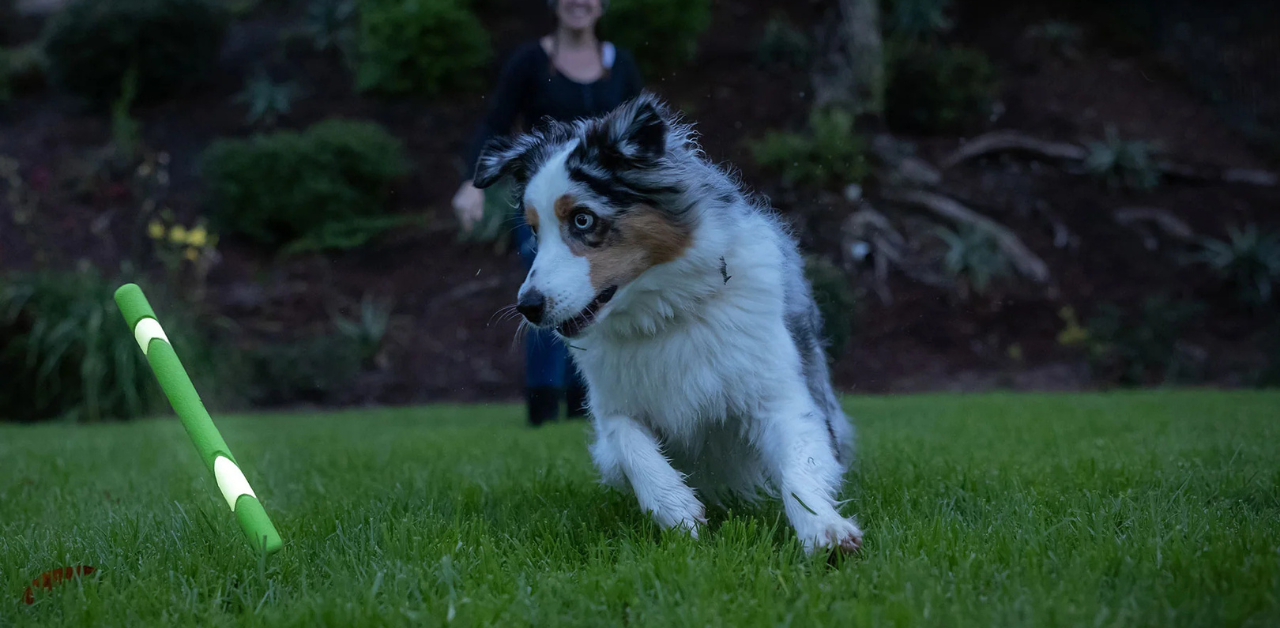Welcoming a New Dog into Your Home

Bringing a new dog home is an exciting time for you and your family members. This event can inspire a sense of unity among everyone in the household, whether your new pet joins an older dog or is the only dog in the house.
Some folks add a rescue dog to their family, while others introduce a puppy to meet their current dog. Regardless of your situation, planning ahead for the first few weeks and beyond is beneficial. This guide answers common questions about how to prepare, handle stress, and promote a good dog relationship from day one.
How Should I Prepare My Home Before Bringing a New Dog In?
When you are bringing a new dog into the house, preparation can make the transition smoother. First, set up a cozy area for the pup. You might pick a different room that is quiet and free from hazards like exposed wires or breakable décor.
Provide a dog crate in that room to offer a safe space where the new pup can rest. If you have older dog friends in your home, keep their usual routines in place to reduce tension.
Stock up on supplies before the first meeting. Buy puppy pads, a few toys, water bowls, and a comfortable bed. Try the Aspen Pet Self-Warming Beds from Petmate for a snug resting spot. These beds help dogs sleep soundly, which can ease their transition.
Also, prepare your house by placing cords out of reach and checking for any plants that might harm pets. If you have children, teach them to approach the new dog in a friendly manner. Explain that the dog needs patience and gentle touches during the first few days.
Set aside your dog's bowls, and have a fresh supply of new food that fits your dog’s size and life stage. Some dogs may need a gradual transition to new food, so consult your veterinarian if you are unsure about how to feed them. If you have a current dog, introduce them to the new friend gradually.
You can let the dogs sniff each other through a safe barrier at first to build a positive association. This prevents rough play or tension. Finally, organize bathroom breaks by picking a spot outdoors and placing puppy pads inside for the first week.
How Can I Help My New Dog Adjust to Its New Environment?

Helping a new dog settle into a new environment is all about giving them space, security, and calm interactions. Offer a short walk to help the dog become familiar with the neighborhood. Let the dog sniff around and get a feel for the outside world. If you have other pets like cats, keep each animal in a separate area at first. Once your new dog seems at ease, you can try a slow introduction. Keep a leash handy to guide the dog, especially if you have two dogs who need time to warm up to each other.
Give your pup a routine. Dogs often do well with set times for feeding time, bathroom breaks, and naps. If your family includes children, explain that the dog needs quiet moments. Supervise those moments closely to foster respectful bonding. A consistent routine helps the dog expect when to eat, walk, and rest. If you are welcoming a rescue, remember they may carry past experiences. Let them settle at their own pace.
Provide your dog with comforting toys to distract and entertain them. The Chuckit! Ultra Ball Dog Toy from Petmate can keep them active during playtime. Always end a play session on a positive note. If the dog plays too rough, calmly pause the game and resume once the dog is calmer. This teaches them that gentle play leads to more fun.
What Should I Do if My New Dog Shows Signs of Stress or Anxiety?

Some dogs show stress signals during the first few days in a new dog home. You might see pacing, whining, hiding, or refusing to eat. In these moments, stay calm. Speak in a low, soothing tone and offer treats when they approach you. Positive reinforcement assures the dog that good things happen when they feel relaxed.
If stress persists, create a peaceful retreat. Many find that a crate helps a dog feel safe. Consider the Petmate Vari Kennel for a sturdy yet airy option. Place soft bedding inside and keep it open so the dog can come and go. Give them treats for stepping inside. Over time, they build confidence.
Try to limit triggers. If the dog spooks at loud noises, turn down the volume on the TV or music. If the anxiety appears intense, consider consulting an animal behaviorist or a qualified trainer. Professional insights can make a difference for a pet who struggles to adjust. Keep in mind that some dogs just need time. Go slowly and avoid forcing interactions with other dogs or new family members. If possible, spend quiet evenings at home so the dog can bond with you in a low-stress setting.
What Is the '3-3-3 Rule' When Adopting a Rescue Dog?
When adopting a rescue dog, the “3-3-3 rule” is a helpful guide. According to many shelters and trainers, this rule outlines how dogs adapt in stages:
- First 3 Days: The rescue might feel overwhelmed, shy, or unsure. Some dogs might hide or cower. Others might test boundaries. During this phase, keep the dog’s space calm and structured. If you have a resident dog, watch their body language and create separate feeding zones.
- First 3 Weeks: The rescue dog starts to settle in. By now, they may learn the household routine and begin to relax. You can walk together with the rescue on a leash around the block. This shared walk offers a bonding moment. Slowly introduce them to other pets during this period if you have a dog park in your area. Start with short, controlled meet-ups to avoid tension.
- First 3 Months: The rescue feels like part of the family. You see their full personality, from playfulness to quirks. At this point, house training should be more consistent. You can also plan visits to fun places. If you have one dog already, they can now share toys with the new arrival in a friendly manner.
This timeline varies by dog, but it gives you a rough idea of what to expect. By following these stages, you reduce stress and build trust with your new companion.
How Do I Handle Initial Behavioral Issues, such as Chewing or House Soiling?

Chewing, house soiling, and other challenges can appear in the first few weeks. Puppies often mouth objects to explore them, but older dogs might chew from boredom or stress. House soiling might happen if the dog hasn’t had regular bathroom breaks or hasn’t been shown a designated spot.
1. Redirect Chewing
- Offer Appropriate Toys: Provide durable items for chewing, such as the JW Hedgehog Squeaky Ball Dog Toy or plush toys made for dogs.
- Supervise and Interrupt: If you see your dog chewing the wrong item, use a neutral cue like “ah-ah” and give them the correct toy.
2. Start or Revisit House Training
- Regular Bathroom Breaks: A consistent schedule of walks and potty trips reduces accidents in the house. Praise your dog as soon as they go outside.
- Close Supervision: Keep an eye on your new dog or puppy. If they sniff around or appear restless, lead them to their designated bathroom spot immediately.
- Positive Reinforcement: Reward them with a treat when they relieve themselves outdoors. This creates a positive association with the right behavior.
3. Seek Guidance
If problems persist, talk with an animal behaviorist who can offer insight tailored to your dog. They may suggest changes in routine or environment.
When Should I Schedule the First Veterinary Visit for My New Dog?

A first visit to the veterinarian should happen within the first few weeks of adoption. This allows the vet to do a full checkup, update vaccines if needed, and make sure the dog is healthy. If you have just gotten a puppy home, the vet can advise on spaying or neutering, nutrition, and future checkups. Bring any medical records you received from the shelter or breeder.
During this visit, ask about new food options if your dog is not adjusting to the one you have. Also, talk about parasite prevention. Flea and tick treatments protect your dog’s health. You can request a microchip, too, in case they get lost. If you have other pets, make sure your new pup is up-to-date on shots before letting them mingle. This reduces the risk of illness in the household.
Once you return from the vet, ensure your dog feels safe and relaxed at home. Provide plenty of water. Something like the Petmate Replendish Pet Waterer With Microban guarantees they always have fresh water available. Maintaining good health is easier when dogs can stay hydrated and well-fed.
Building Bonds, Creating Comfort, and Starting Strong with Petmate
Remember to pace introductions with other pets and children. Some dogs take more time than others, but you can encourage a lasting bond with consistent schedules, positive reinforcement, and structured training.
Consider Petmate products for added convenience and comfort along the way. Our selection offers solutions for different living arrangements. Each product supports a dog’s comfort while streamlining your daily life.
With patience, kindness, and reliable products, your new dog will feel at home soon enough. Turn to Petmate for safe, practical, and reliable ways to enhance your pup’s daily routine in a friendly manner. Your future together starts now—enjoy every step with your new family member.
Previous article

Next article

Related posts
View all-

Do Dogs Get Lonely if There Is Only One Dog
Most dogs can feel lonely if there is only one dog in the house. They are pack animals descended from wolves. This means they have instincts that push them to connect with friends or family. When they live as the only dog, they may experience loneliness if they do not receive enough attention.
Read Article -

Teaching a Dog To Swim in Your Pool
Swimming is great fun for dogs, and your swimming pool can be a fantastic place to cool off and play. But not all dogs are natural swimmers. Teaching your dog to swim safely involves patience, gentle encouragement, and a positive experience. Here's how to help your dog learn to enjoy swimming at their own pace, keeping their safety and comfort in mind.
Read Article -

Choosing the Right Toys for Your Dog
Finding the right toys for your dog is more than just picking something off the shelf. The right toy supports your dog’s health, behavior, and overall happiness. With so many types of dog toys—chew toys, plush toys, squeaky toys, tug toys, and more—knowing what to choose can be the difference between safe, enriching play and unwanted risks.
Read Article



